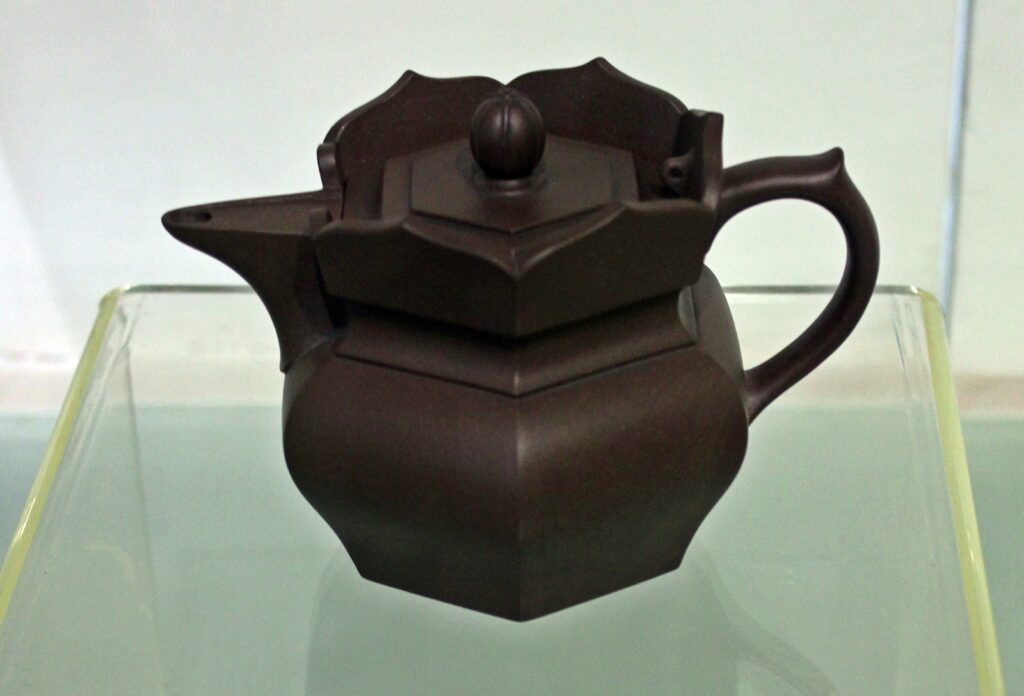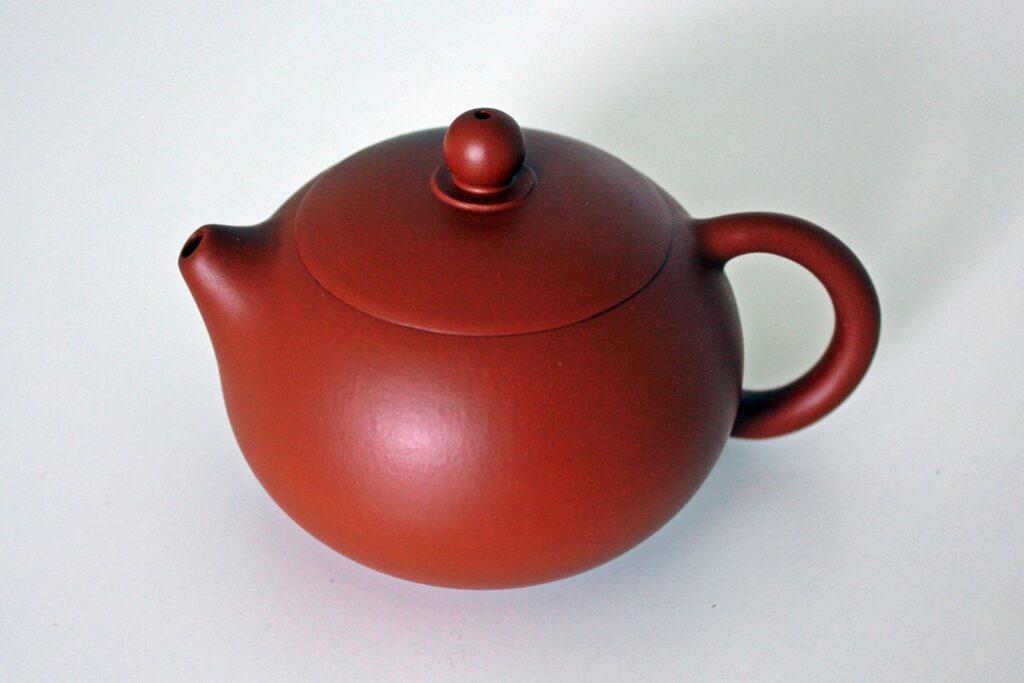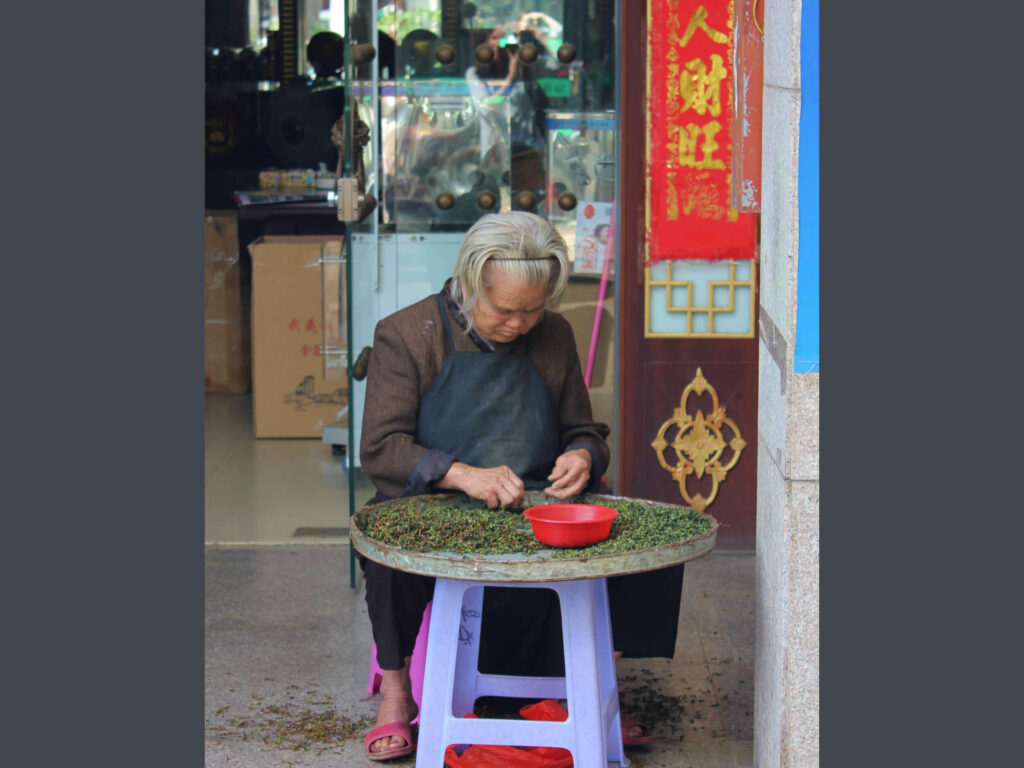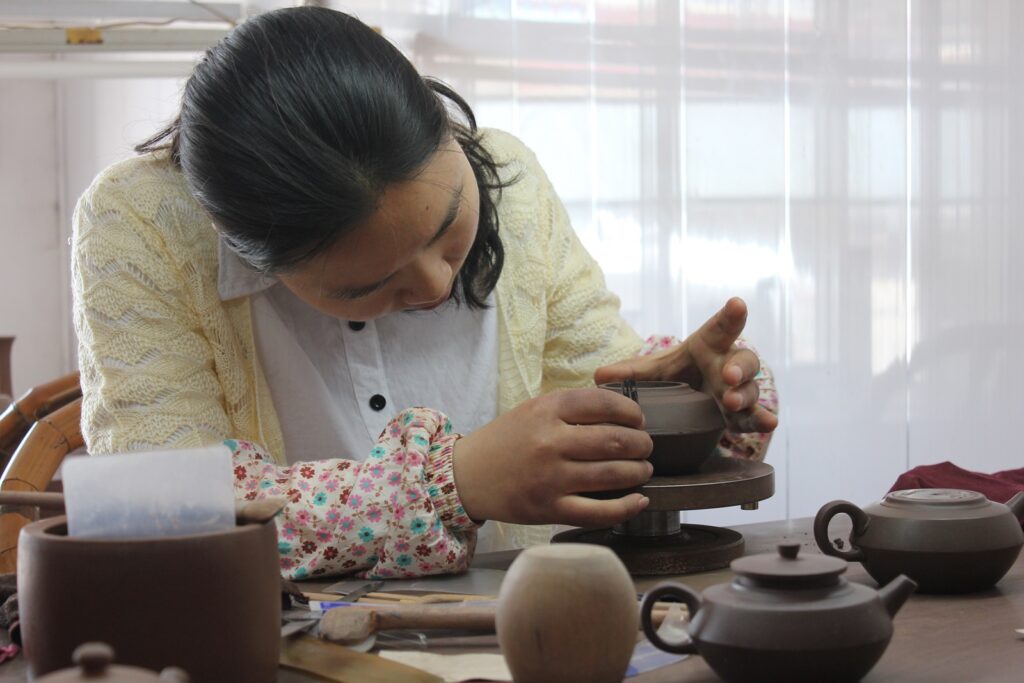As well as drinking tea, I also love teapots. Yixing in Jiangsu province is home to the famous Zi Sha (purple clay) teapot, otherwise known as Yixing teapots, and only a short train ride from Shanghai. So it would be rude not to! All I knew of Yixing’s famous pots were the purple-red smooth round teapots. On my weekend in Yixing, along with my trusty tea adventurer Jasmine, I discovered a vast array of weird and wonderful Yixing tea pot styles.
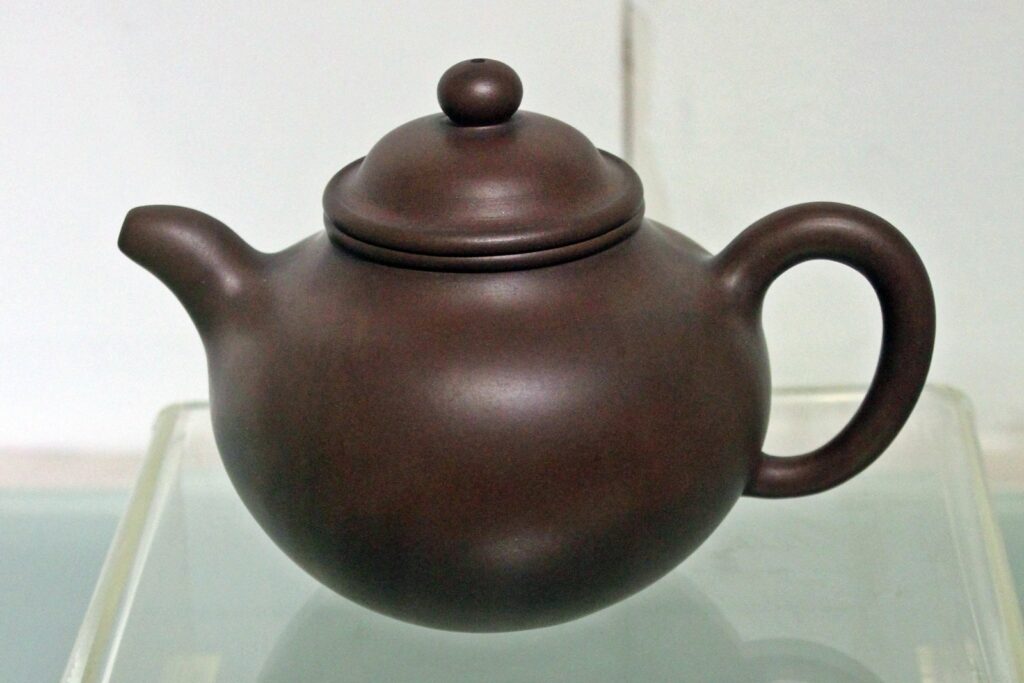
Yixing teapot styles
Yixing teapots are made from Yixing clay of which there are 3 types – purple (Zi Sha), red or cinnabar red (Zhu Sha) and yellow (Duan Ni). The firing process is also very important in determining the final colour of the pot, which could be purple-red, red, brown, grey, yellow, green or blue. The shape that I knew of is from the very early period of Yixing teapot production in the 16th century, described as “Plain” but excelling in design and colours. There are 3 other main categories:
Ribbed
Popular during the Ming Dynasty (1368–1644), taking inspiration from petals, melons and flowers.
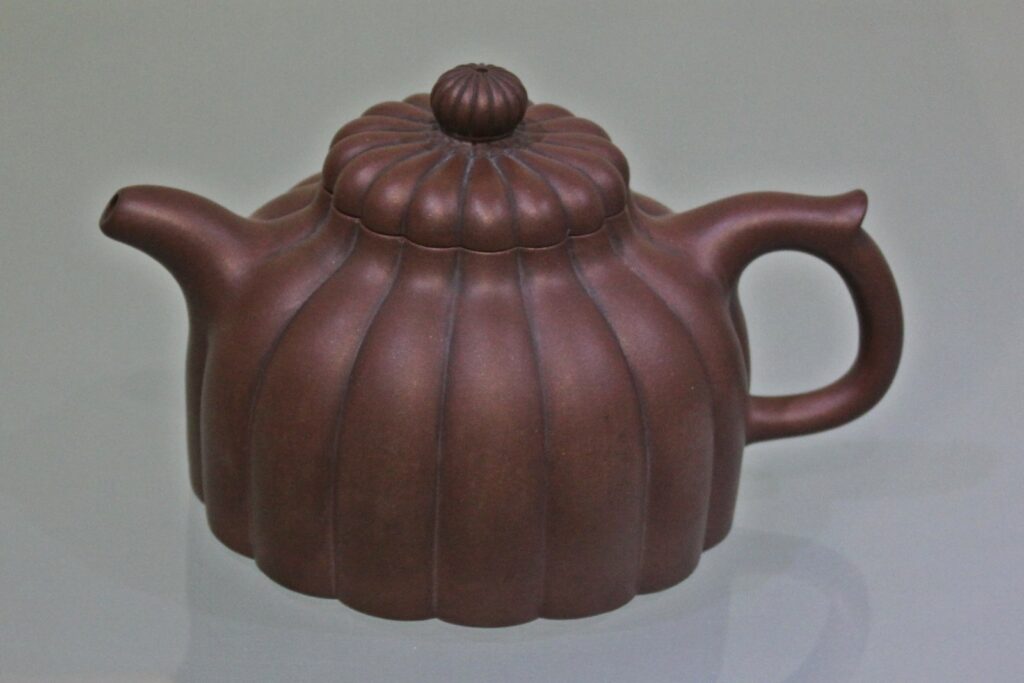
Naturalistic
These pots simulate trees, fruits, and animals, some with very elaborate decorations.
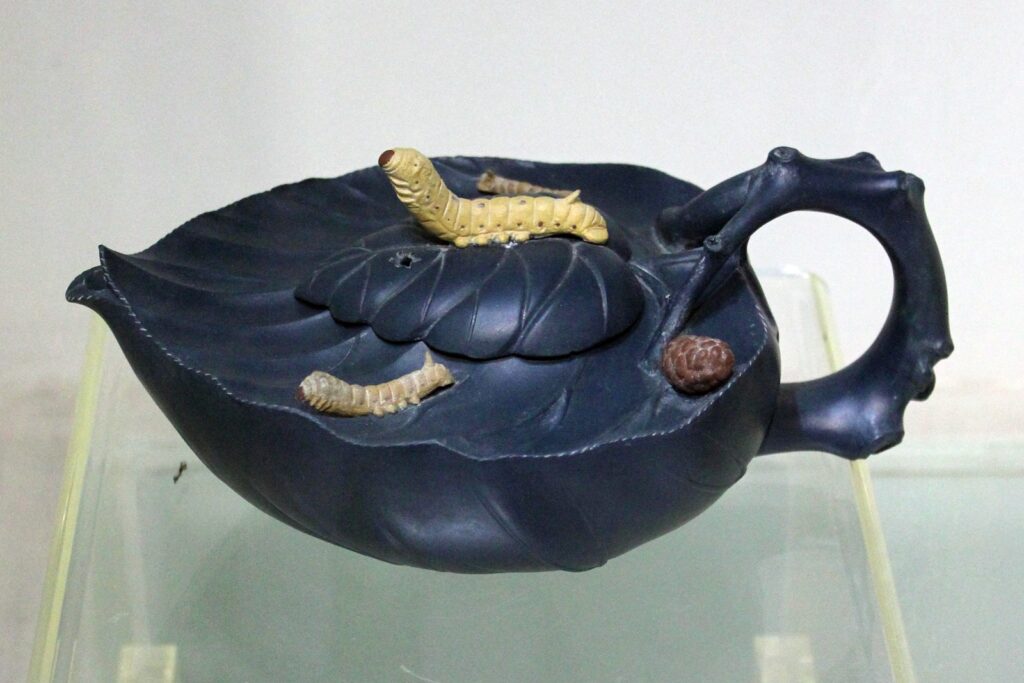
Geometric
Popular during the mid-Qing Dynasty (1644-1912), inspired by geometry with clean lines.
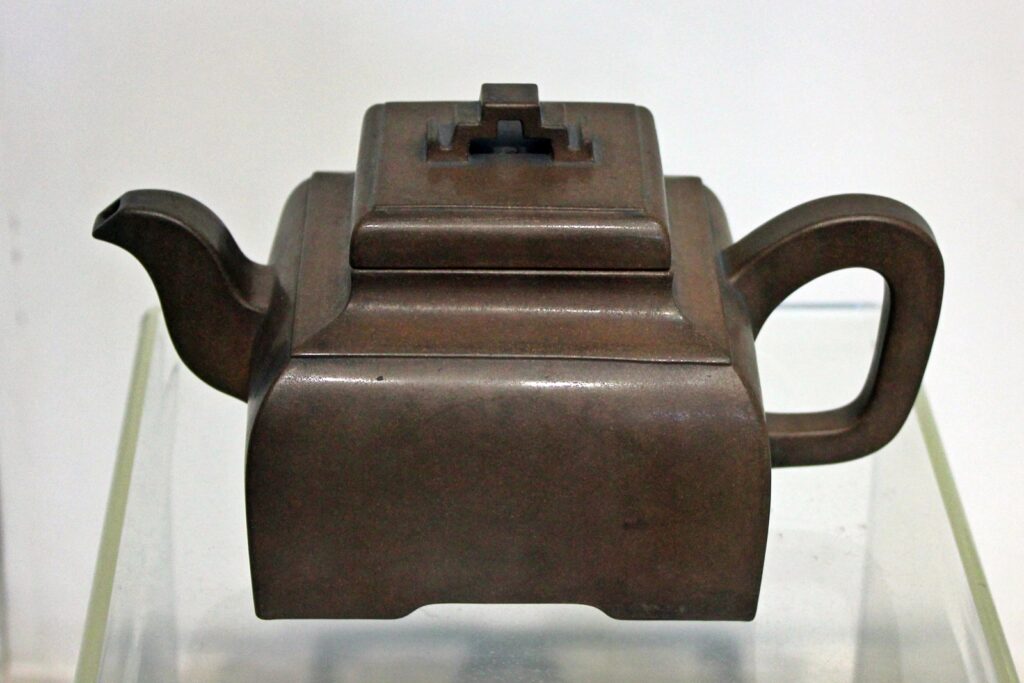
Yixing Ceramic Museum
At the Yixing Ceramic Museum we learnt that these wonderful pots are all thanks to the “Weird Monk” and a servant boy.
The “Weird Monk”, so called for his alternative teaching style, is credited with having first discovered the Zi Sha material.
Gong Chun is the forefather of Yixing teapots. He was a servant boy for the scholar Wu Yishan, attending to him whilst he studied at Jinsha Temple. During his free time, Gong Chun learnt the craft of making stoneware teapots from the monks. One day he made a teapot in the style of a burl of a Ginko tree, and subsequently became a renowned teapot master.
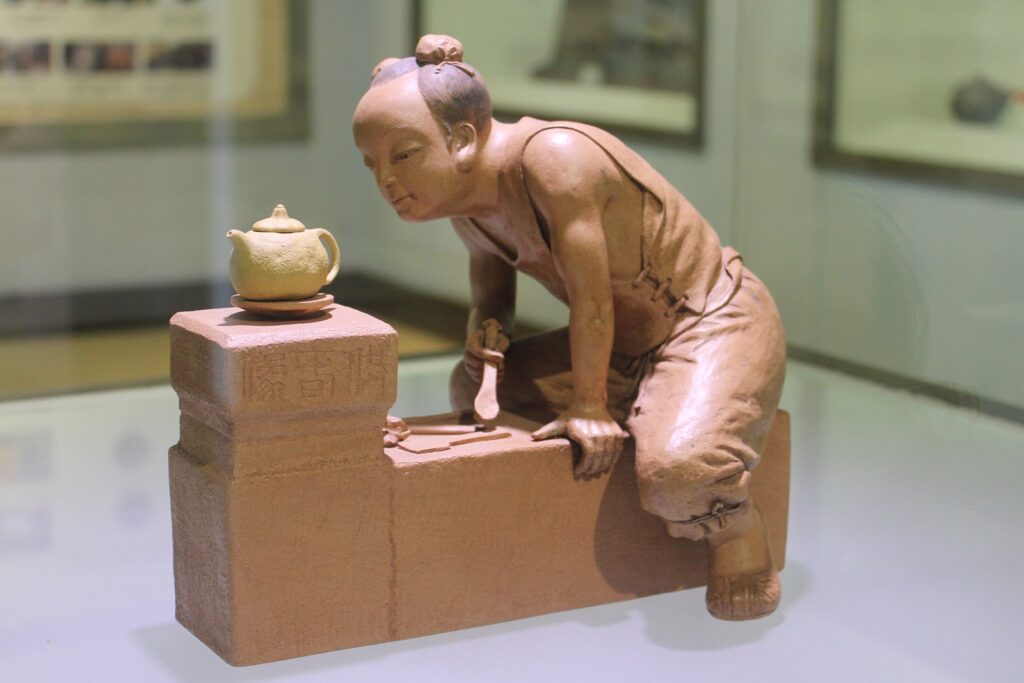
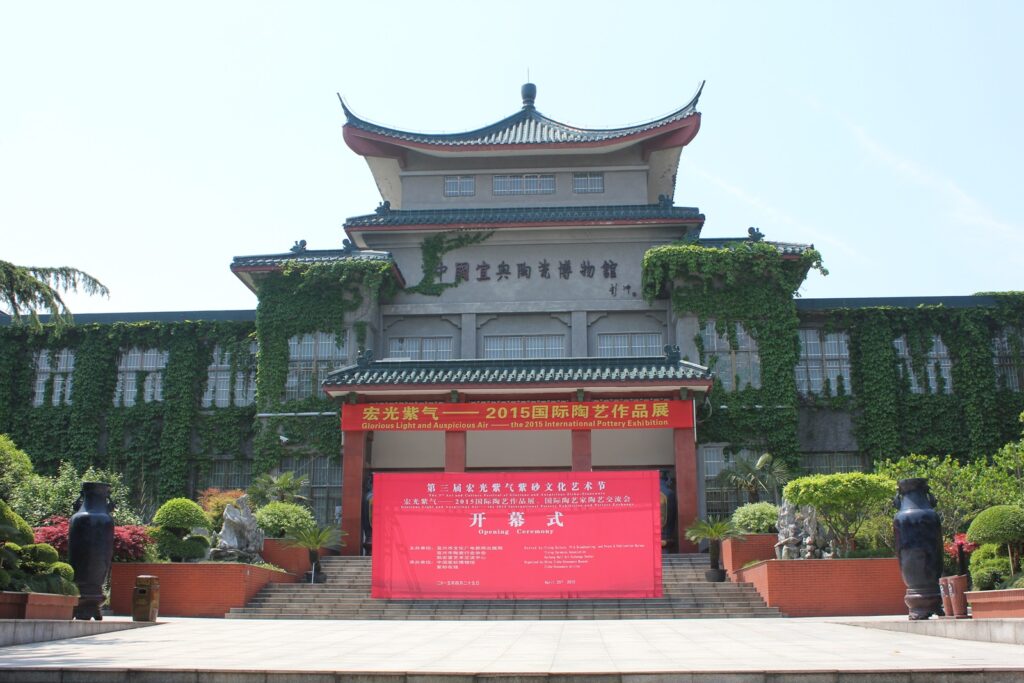
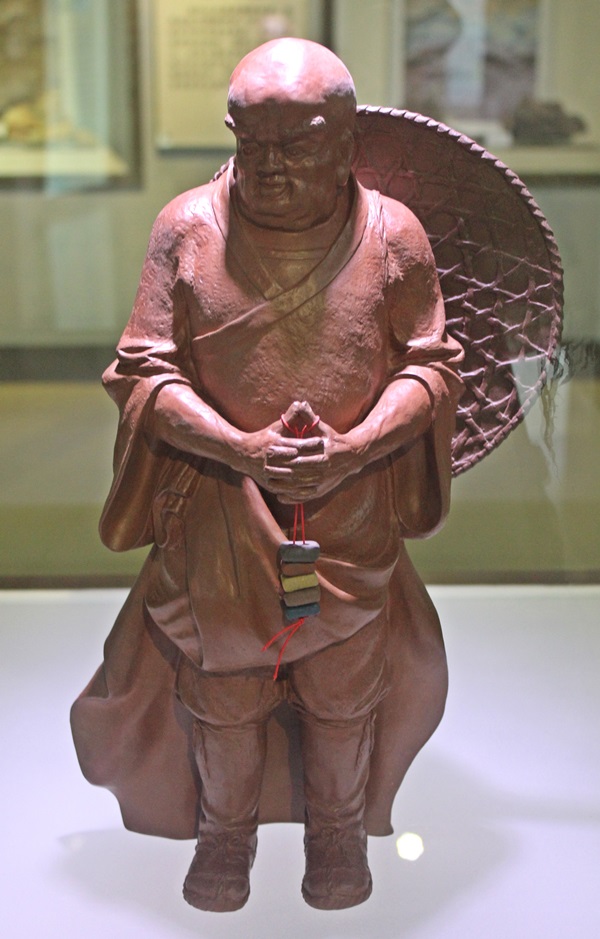
Since then there have been many famous Yixing teapot masters and the museum holds a vast collection. Here are just a few.
Chen Mingyuan
A native potter of Yixing who lived during the reigns of Emperors Kangxi (1661-1722) and Yongzheng (1722-1731) of the Qing Dynasty. He was a famous artist of his generation and was especially skillful at imitating natural objects.
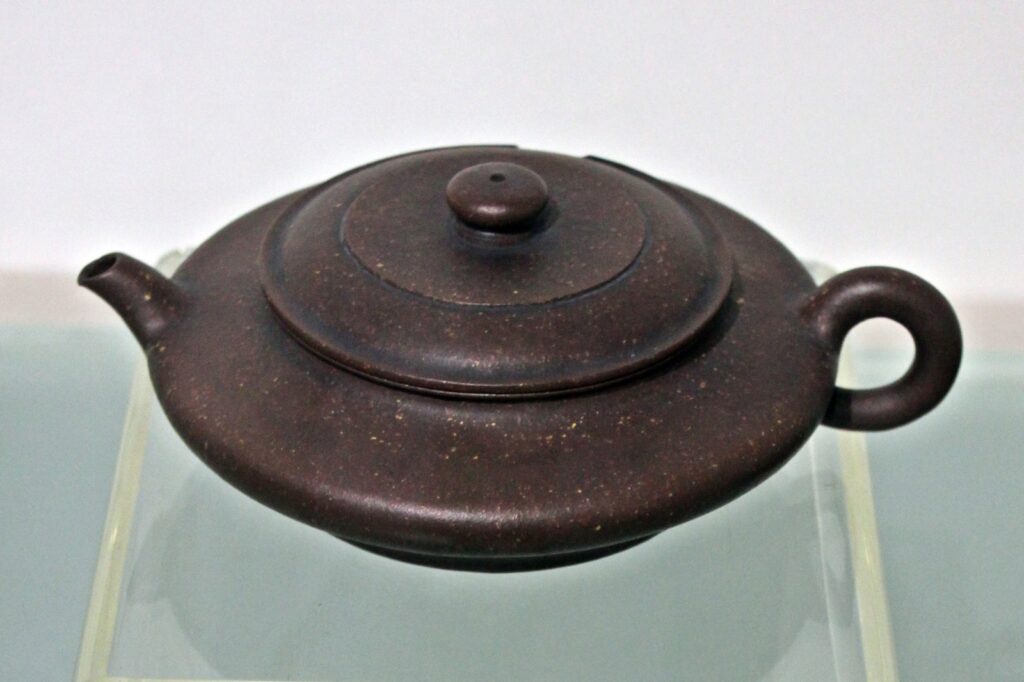
Yang Pengnian
She was a famous zisha pottery maker during the reign of Emperor Jiaqing (1796-1820) of the Qing Dynasty. Her works were well known for their excellent relief sculpture on the body of the teapot.
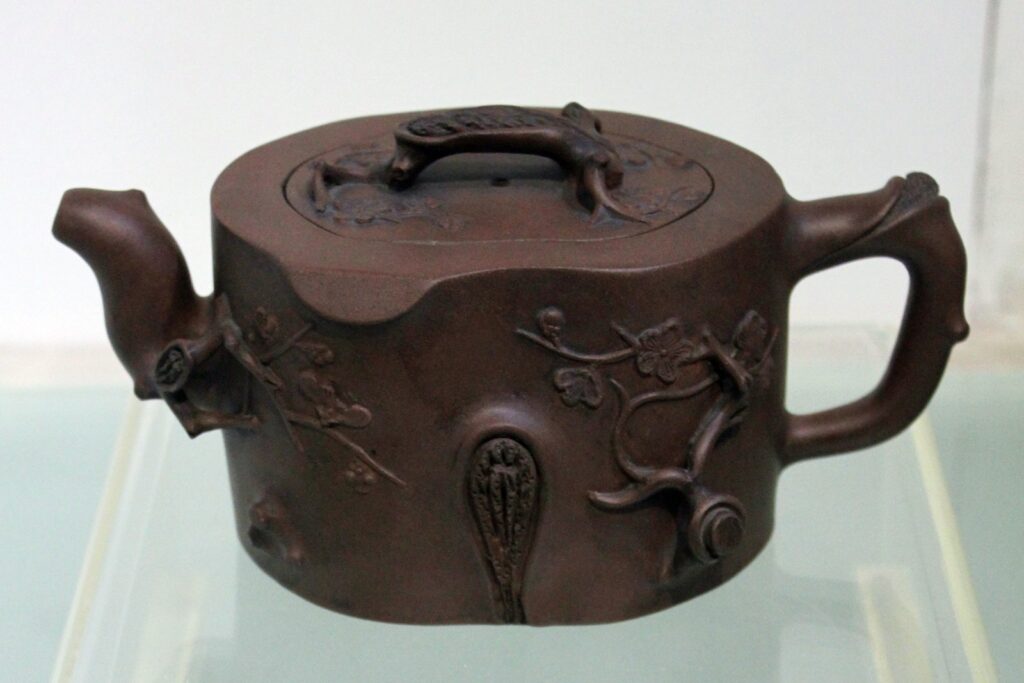
Jiang Rong (1919-2008)
A native of Yixing, she was born into a family of zisha potters and started to learn her trade at the age of 11. Her style was naturalistic folk art. In 1955 she made fruit pottery as China’s state gifts for the first Premier of the PRC, Premier Zhou Enlai’s visits to other countries. In 1993 she was awarded the title of China’s Arts and Crafts Master.
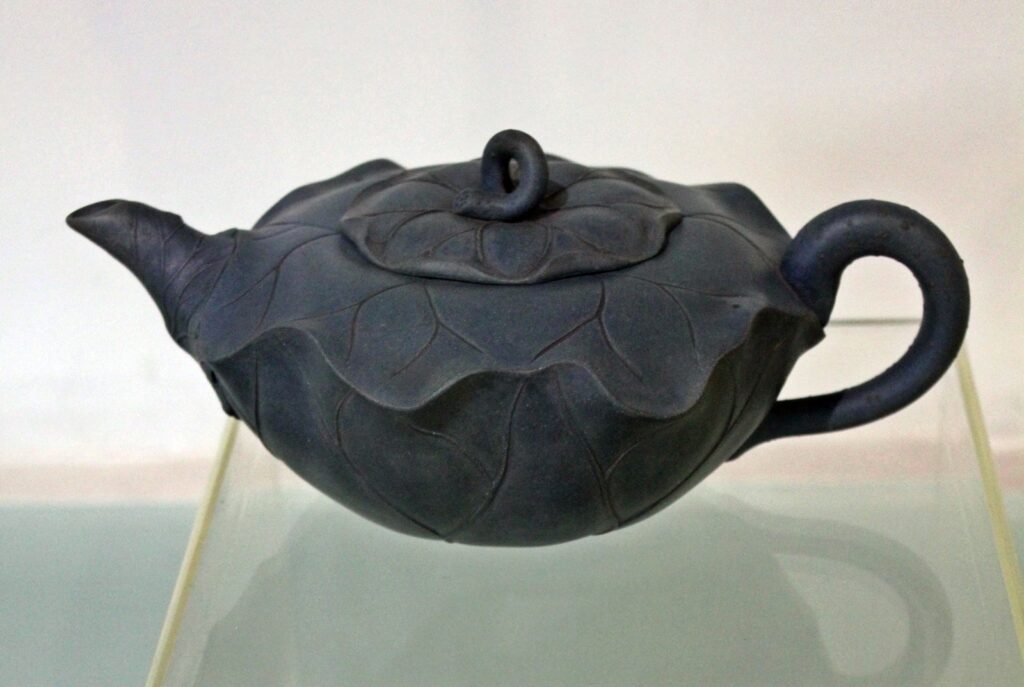
Gu Jingzhou (1915-1996)
Also a native of Yixing and born into a family of potters, he started to learn his craft at age 18. During the 1930s and 40s he lived in Shanghai and collaborated with many famous calligraphers and ink painters. In 1954 he started work at the Yixing Zisha Pottery Arts Factory as technical instructor to young up and coming talent. He was awarded China’s Arts and Crafts Master title in 1988.
